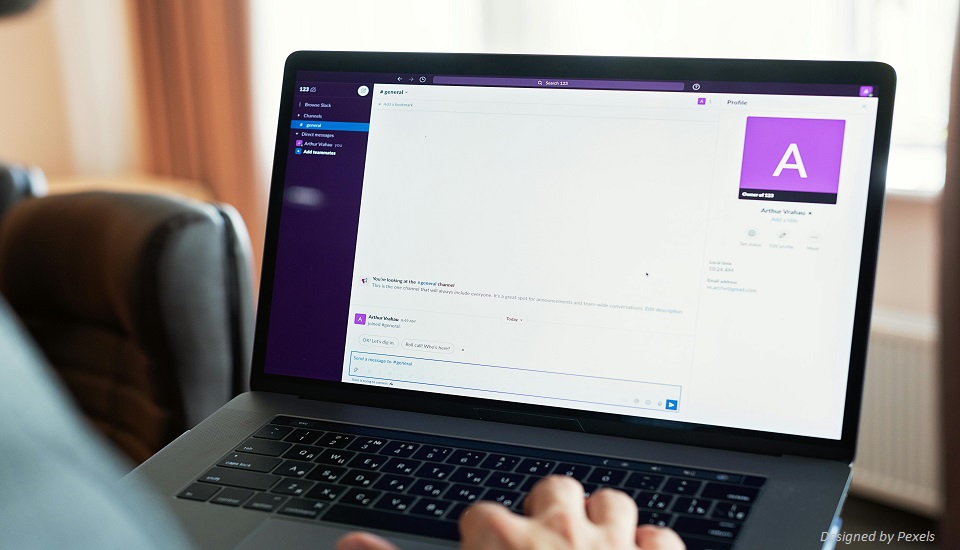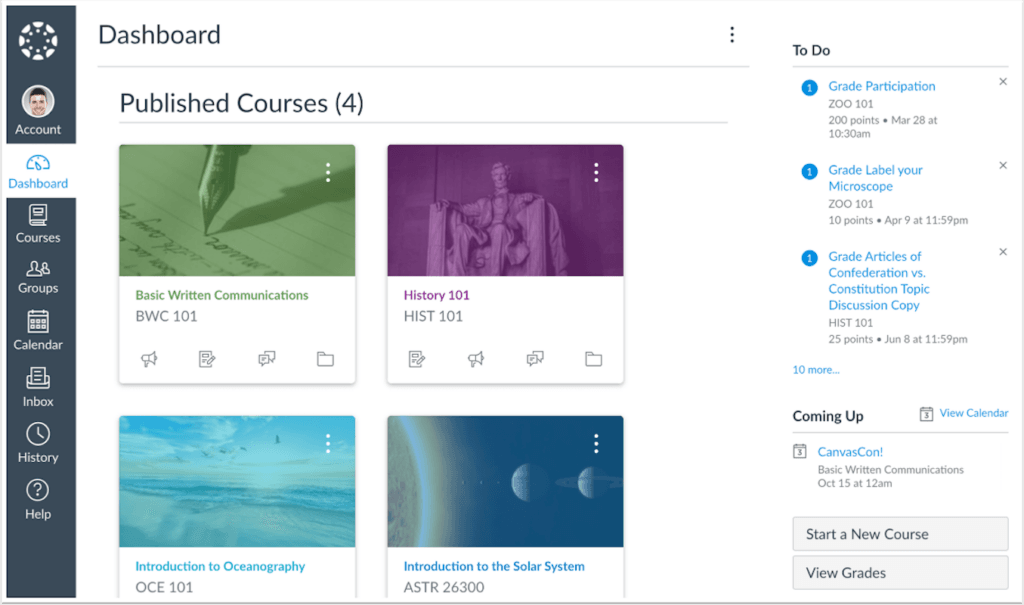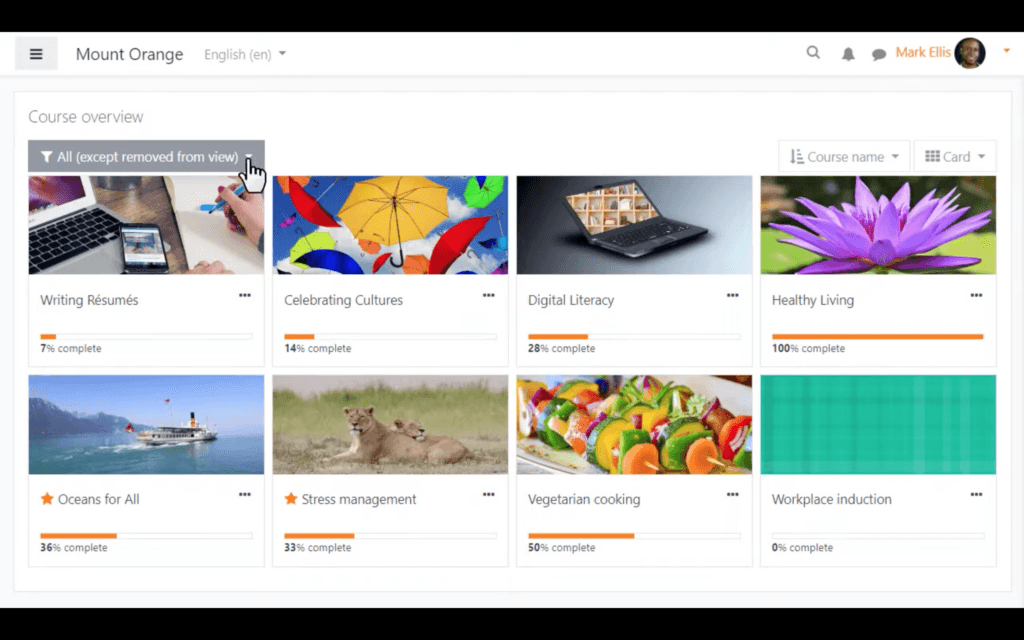
Ready to dive into the world of Learning Management Systems?
Moodle and Canvas are two of the most popular LMS platforms out there, each with its own unique flavors and features to suit various educational goals. Whether you're an educator setting up a course, or an institution aiming to streamline your digital learning strategy, choosing the right LMS can make all the difference! Those individuals who have pursued courses like Live Online Master Trainer Program, know it really well.
In this blog, we'll compare Moodle and Canvas, exploring their core features, customization options, user-friendliness, and integration capabilities.
Our goal?
To help you decide which platform aligns best with your educational needs in 2024.
Let's get started on this exciting journey to enhance learning!
But, before moving to the topic, can we ask you a question? Do you follow us on Social Media? We regularly share upgraded educational content, tips, feedback, and more. Check us out by clicking the profiles here - Facebook / Twitter / LinkedIn / Instagram / YouTube
Comparison between Moodle and Canvas
Let’s get to know about the features of both Moodle and Canvas LMS platforms in detail:
Interface of Canvas & Moodle
Canvas LMS Interface: Canvas prides itself on a sleek, modern interface that champions seamless navigation for both educators and students. It aims to reduce the learning curve, making it accessible even for those less comfortable with technology. From the moment you log in, the platform feels intuitive, allowing users to jump straight into their educational tasks with minimal fuss. Its out-of-the-box usability is a standout feature, minimizing setup time and letting users focus on learning.

Moodle LMS Interface: Moodle, while versatile, presents a more complex interface that can appear cluttered to new users. It offers substantial customization potential, which can be a double-edged sword. While this flexibility is beneficial for institutions wanting to tailor every detail, it can also result in a steeper learning curve. Educators and institutions may need to invest time in training and navigation to unlock Moodle’s full potential, but the payoff is a personalized, efficient learning platform once you’ve mastered the system.

Engagement and Interaction in Moodle and Canvas
Canvas LMS: Engagement is the magic ingredient that transforms basic course content into a dynamic learning experience! Canvas LMS excels at this with its array of interactive features. Students can dive into discussion boards, sparking conversations that echo beyond virtual walls.
The integrated video conferencing feature allows real-time classes, making learning more immediate and personal. Real-time feedback is another winner, giving students instant responses on their work, and its mobile accessibility ensures learners can maintain momentum whether at home or on the go.
Moodle LMS: Moodle is no slouch when it comes to engagement either! Using discussion forums, it nurtures student interaction just like Canvas. However, Moodle expands its toolkit with tools like “BigBlueButton” for real-time virtual classrooms, supporting immediate, face-to-face learning experiences.
The platform encourages engagement further through peer review systems, where students can give and receive constructive feedback. For educators needing insight, Moodle provides activity tracking and reports, helping identify students who might need a little extra encouragement.
Personalized Learning Approaches
Moodle's Approach: Moodle takes personalized learning to heart, offering capabilities that cater to an individual's learning journey. With personalized learning pathways, educators can customize courses to better fit each student's goals, creating a tailored education experience. Conditional activities enable students to progress through content at their own pace, presenting a flexible learning environment.
Customized dashboards keep students organized and focused on what matters most to their educational journey, and the open-source nature of Moodle means the platform can be tweaked endlessly to suit unique learning environments.
Canvas' Approach: Canvas approaches personalized learning with user-friendly elegance. With MasteryPaths, students get directed down relevant learning paths based on their performance. This ensures content is tailored to their specific needs and abilities. Learning modules further allow instructors to adapt the course flow, meeting the varying paces of student understanding.
With valuable student analytics, teachers can track progress and offer insightful feedback, ensuring students receive the support they need. While it may offer fewer customization capabilities compared to Moodle, Canvas shines with its straightforward and streamlined personalized learning options.
Integration Capabilities
Moodle LMS: Moodle stands out with its flexible integration capabilities, primarily due to its open-source nature. Institutions can tailor and expand the platform to meet their specific needs through a vast library of plugins. These plugins allow for seamless integration with third-party tools such as:
Moreover, Moodle supports standards such as SCORM and LTI for content sharing, making it a versatile choice for educational enhancements.
Canvas LMS: Canvas LMS excels with its built-in and external integration features that prioritize simplicity. Its use of Learning Tools Interoperability (LTI) enables smooth incorporation of third-party applications like:
Canvas also provides a user-friendly integration setup through its intuitive interface, making it accessible for all skill levels. The platform's API and webhooks are powerful tools for custom integrations, thus enhancing school systems.
How to Integrate Other Tools with Moodle and Canvas?
Integrating tools with Moodle involves utilizing the Moodle Plugins Directory, which hosts over 1,600 options for extended functionality such as attendance tracking and gamification. For a hands-off approach, schools can collaborate with Moodle partners for setup assistance.
On the other hand, Canvas simplifies the process by allowing educators to configure third-party tools from its LMS dashboard using LTI, APIs, or native integrations like Google and Microsoft, making it straightforward and less technical.
Suitability for Educational Institutions Using Canvas and Moodle LMS Platform
Let’s get to know how suitable Canvas and Moodle LMS platforms are for the different levels of education institutes.
When it comes to K-12 education, priorities differ, and so does the choice of LMS. Canvas offers a straightforward interface that appeals to younger students by making navigation easy and engaging. Its multimedia and interactive assignments feature fosters participation.
On the other hand, Moodle’s customizable platform can be adapted for schools with specialized curricula, catering to diverse learning styles. Educators need to balance ease of use against customization to align with their unique educational goals.
In the realm of higher education, both Canvas and Moodle offer notable advantages. Canvas's sleek, modern design and user-friendly interface make it an appealing choice for tech-savvy students and faculty who prioritize ease of use.
Meanwhile, Moodle's strength lies in its open-source customization, accommodating institutions with robust technical resources. Thus, the choice between the two hinges on institutional goals, technology infrastructure, and the desired student learning experience.
Costs and Licensing Models of Canvas and Moodle LMS Platform
Moodle operates on an open-source model, which means the software itself is free to use! However, don't overlook potential costs such as server hosting, ongoing maintenance, and technical support. Institutions can adjust their spending based on their needs, making it a flexible option for those with a technical team ready to handle installations and updates.
Canvas, on the other hand, offers a subscription-based model. While there is a free version for individual users, institutions typically opt for the paid subscription, which offers additional features and larger-scale support. Pricing varies based on the size of the student body, desired integrations, and the level of additional services required. This model includes ongoing support, which is a boon for schools looking for a more hands-off LMS experience.
When comparing costs, moodle shines with its budget-friendly, open-source model, perfect for institutions that can handle the technical aspects in-house. However, maintenance expenses can add up over time. Alternatively, Canvas has higher upfront costs due to its subscription model, but it includes comprehensive support and intuitive integrations. Ultimately, institutions must weigh initial setup costs, ongoing support expenses, and how scalable the program is for future growth.
Moodle vs Canvas: Which is a Better Option?
When it comes to choosing between Moodle and Canvas for your educational needs, it truly depends on your institution's priorities. Both platforms offer impressive features, but they cater to different requirements.
Ultimately, the best choice will reflect your institution’s specific goals, level of technical expertise, and desired user experience. Whether you lean towards Moodle’s adaptability or Canvas’s intuitive design to use in the education industry, both platforms present strong solutions for enhancing the learning experience.
If you want to learn more latest tools and effective strategies to enhance the learning experience for learners. Then, consider pursuing courses like Live Online Master Trainer Program, where you will get to learn from top expert trainers in the education industry.
We believe education should be accessible for everyone. That’s why we don’t charge for our blogs. Find the right course that will help you in your career with us, contact us at 9739615888. You can mail us at act@asiancollegeofteachers.com
Written By : Park Jin Ae
Centre For Training & Professional Development (CTPD) - The Trading brand of TTA Training Private Limited, India is a ISO 9001:2015 Company




© 2021 - Centre For Training & Professional Development (CTPD). All Rights Reserved. Centre For Training & Professional Development (CTPD) trading brand of TTA Training Pvt. Ltd (India) - CIN U80902WB2016PTC215839, Asia Teachers Training Co., Ltd (Thailand) - Registration No. 0105558193360 & Asian College Of Teachers Ltd (UK) - Company Number 9939942 & Asian College Of Teachers LLC, (USA) - Federal Tax Identification Number 30-1261596
Designed by kreativewebtech